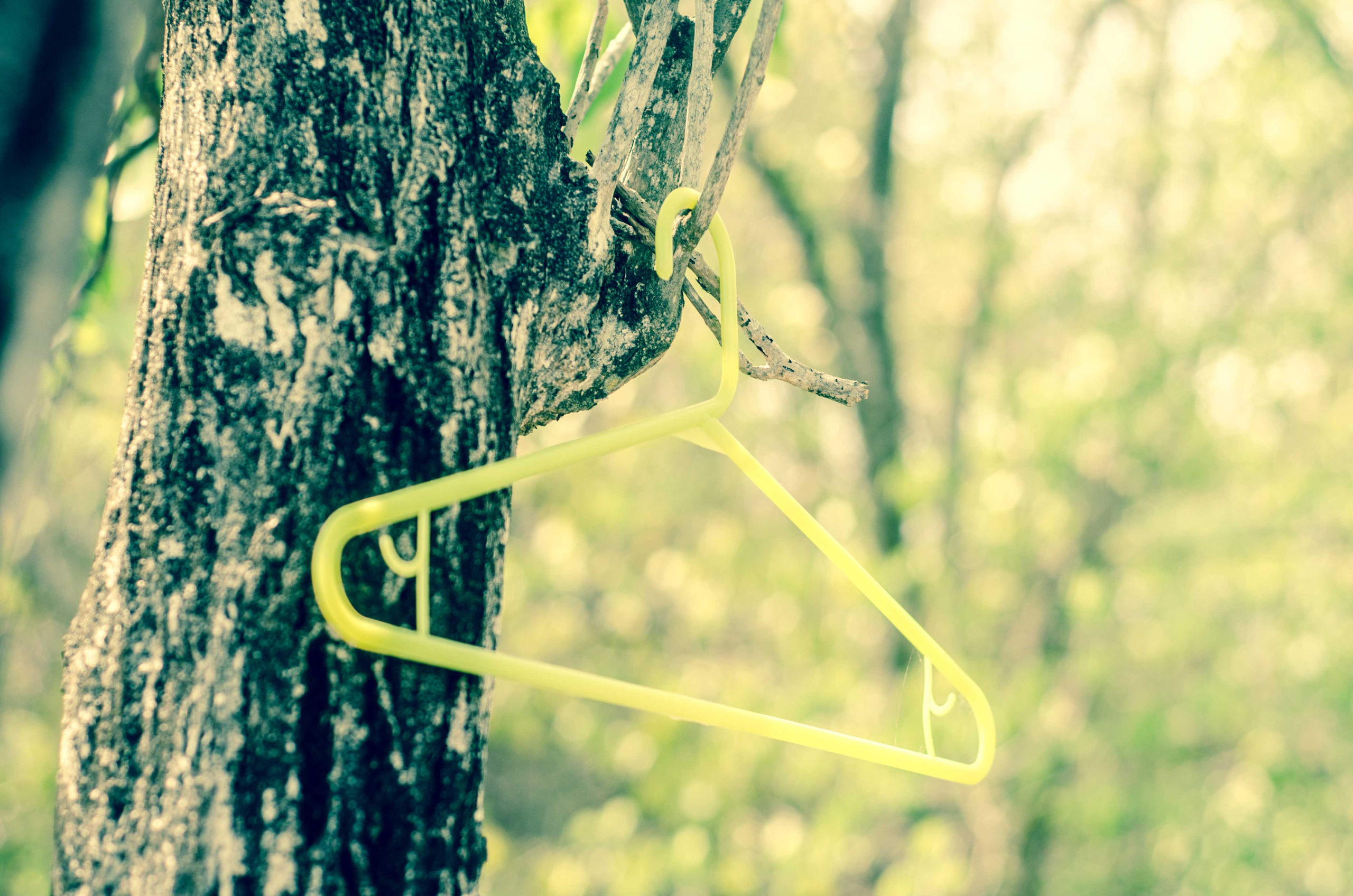Being a conscious consumer isn’t easy. The fashion industry is not particularly praised for transparent practices, which is why we have curated for you the following tips and tricks on what to consider before you shop.
Buy less, much less. Most of the time, you do not need to buy anything new, as your wardrobe is already complete. Before putting anything in your (online) basket, take out of all the clothes from your closet, re-organize them and put them back again. The urge to buy something new should have gone, along with the visual realization you have enough.
If this has not happened, and you really need to buy a garment, consider the following:
Choose the material carefully. You can find out what the garment is made of by checking the label. The majority of fibers produced today are synthetic, created from non-renewable and carbon intensive fossil fuels. Washing these polyester, acrylic or nylon garments results in around half a million tonnes of plastic microfibres released into the ocean each year. In addition, synthetics are often blended with other fibers (often you will find polyester-cotton blends), which are particularly difficult to recycle. Cotton, another prominently used fiber, is a highly water- and pesticide intensive crop that competes with food production on increasingly scarce arable land. Renewable and responsibly sourced wood-derived fibers such as lyocell are part of the solution to transform fashion into a more sustainable industry. In comparison, cotton requires on average 130 times more water and polyester emits on average 170 times more greenhouse gas emissions. Other good options are natural fibers such as hemp, linen and certified organic cotton, and vegan plant-based leather alternatives made from pineapple leaf or cactus.
Privilege durability over the season’s newest must-haves. Generally, natural fibers like silk, organic cotton, wool and lyocell stand up to wear and tear better than synthetic materials. But measuring quality also includes the way the garment has been sewn, and the quality of buttons, stiches, and zippers.
It’s all about the money! If a sweatshirt is made of polyester and can be bought for less than the price of a sandwich, chances are that the workers who have produced it were not paid adequate wages, and that it won’t last beyond 10 wash cycles. Look out for social standards such as Fear Wear Foundation to ensure decent wages have been paid. Also, a way to determine the ‘real’ price is to consider a metric called “cost per wear” (CPW): divide the total amount paid for the item by the number of times you wear it. The point is that an item you wear repeatedly over time can have a better value than something cheaper that you wear just for a season. A 50 CHF pair of jeans bought on impulse and worn just 10 times has a CPW of 5 CHF. Meanwhile, a 100 CHF pair of jeans bought for the long haul and worn 50 times has a CPW of 2 CHF. The more expensive jeans are actually the better deal.
Ask yourself if the piece of clothing is timeless, or whether you are just buying it because it is part of the new trend season.
Learn to read (and question) the label. Made in the EU does not necessarily mean workers are paid a decent wage. The German government has created an app called “Siegelklarheit” which provides easy guidance on many sustainability standards and their trustworthiness and scope (only in German). The following certifications that can be found on the label inside a garment meet particularly high requirements for social and/or environmental compliance: Fair Wear Foundation, Fairtrade Textile, OEKO-TEX Made in Green, GOTS, EU Ecolabel.
Choosing to extend the life of your clothes by just 9 months can reduce their water footprint by 25-30%. Instead of buying new, consider buying second hand clothes or reselling your used clothes online, or try to give new life to your clothes by upcycling them. Another fun way to freshen up your wardrobe is to organize a clothes swapping party with your friend and family.
Before going shopping, read about the company and check their credentials. Websites such as GoodOnYou or ClearFashion do the job for you by screening brands for their commitments and rating them accordingly. Brands are paying attention to their customers’ demands. On social media, take part in Fashion Revolution’s campaign by tagging the brand you are wearing and asking #WhoMadeMyClothes If the brand is not responding, keep asking. Your power as consumer is persistence.
Wash your clothes according to the instructions on the label, but not too often. When you do your laundry, make sure you have a full load and switch to cold washing. That can save you up to 725 kg of CO2 emissions per year. Also, did you know that putting your jeans overnight in the freezer will kill 99% of their bacteria and help us save the energy and water we would use to wash them?
Beware of chemicals. More than 2,400 substances are used in clothing manufacturing, of which 30% posed a risk to human health. Look for certifications on the label that no hazardous chemicals have been used to make your clothes. Common ones are: GOTS: Global Organic Trade Standards; REACH Compliance Certificate; OEKO TEX. Check out garments that are naturally dyed using plants with dying properties (e.g. natural indigo dyes for denim). Make sure your favorite brands subscribed to Greenpeace DETOX initiative http://www.greenpeace.org/international/en/campaigns/detox/fashion/detox-catwalk
Got a hole in your favourite jumper, or a button that came unloose on your blouse? Learn how to mend your clothes, how to patch a hole in your sock or sow on a button. There are plenty of resources on the internet to help you get started.



